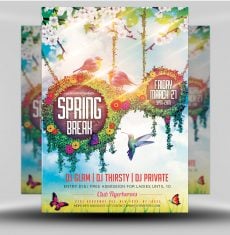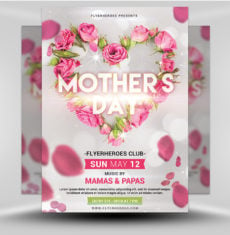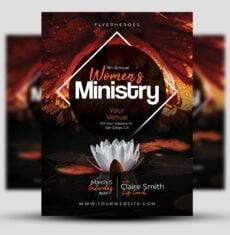Mardi Gras Party Flyer Template 2
If you’re looking for a Mardi Gras design that can be customised in less than 5 minutes, this is exactly what you need.
With an exquisite masquerade mask featured prominently in the header of the design, there’s no need for the fuss of cutting out stock photos or images of your performers.
See also: All Mardi Gras Flyer Templates for Photoshop
The only thing you need to edit on this flyer is the text, the rest is done for you.
Deep purple colour scheme, Carnival masks and feathery dresses fill the page with unmissable Mardi Gras style.
In the few minutes it takes to fill out your info, you’ll go from pre-made template to a professional-grade Mardi Gras flyer (that your competition will envy!)
Though if you want something different, check out our other Mardi Gras designs below:
View related Mardi Gras Flyer Templates:
- Carnival Nights Flyer Template
- Mardi Gras Flyer Template
- Mardi Gras Party Flyer Template
- Fat Tuesday Mardi Gras Flyer Template
- Mardi Gras Madness Flyer Template
The text and image areas in this flyer template are fully editable and very easy to customize. Simply edit with Photoshop and you are good to go!
What fonts do I need for this template?
<!– Stock photo from Fotolia:
–!>
General information:
Mardi Gras Party Flyer Template 2 is a premium Photoshop PSD flyer / poster template designed by FlyerHeroes to be used with Photoshop CS4 and higher.
Once you have purchased this flyer template, you are free to make any customisations and modifications you wish.
You are also granted an Unlimited Use and 100% Royalty Free License meaning you can use this product as many times as you wish for as many clients as you wish. You are free to use this product in both personal and commercial work.
You can read more on our File Licenses here and our File Requirements here.
Please note, stock models / photographs of people are used for demonstration purposes only and are not included in the final download. We do however include a blank placeholder layer to make using your own stock photos as easy as possible.
If you have any further questions, please feel free to direct your questions to FlyerHeroes Support.

















